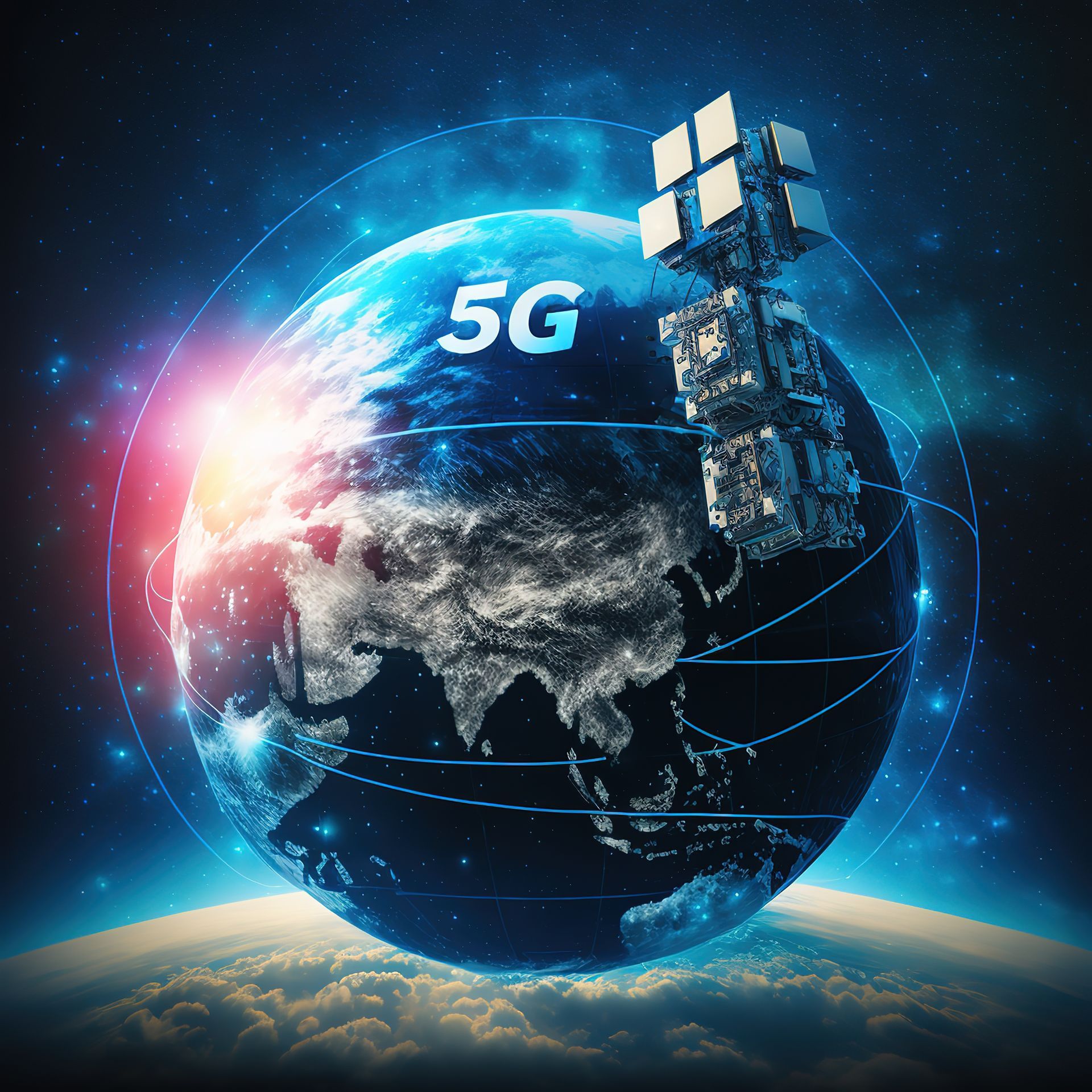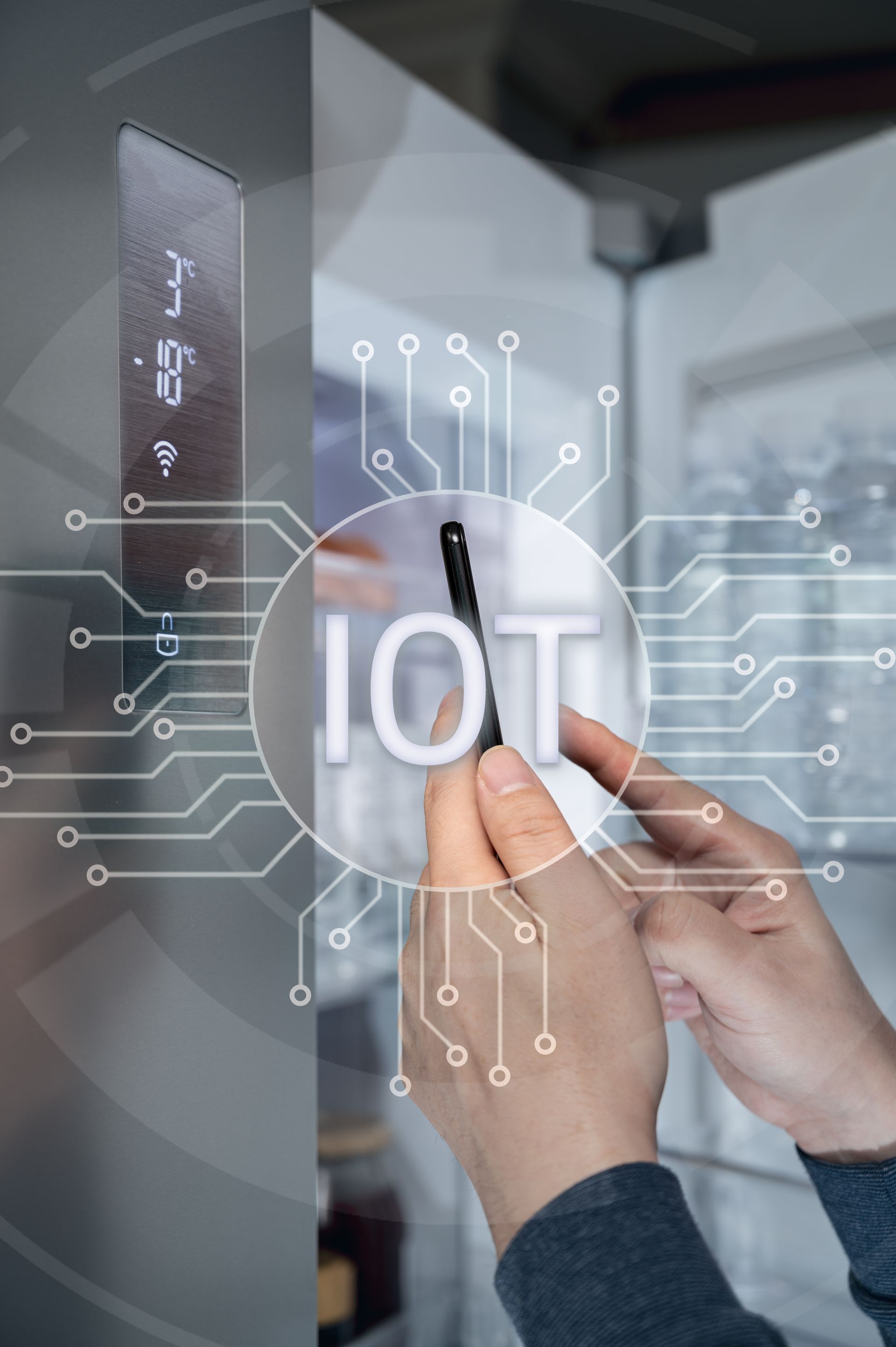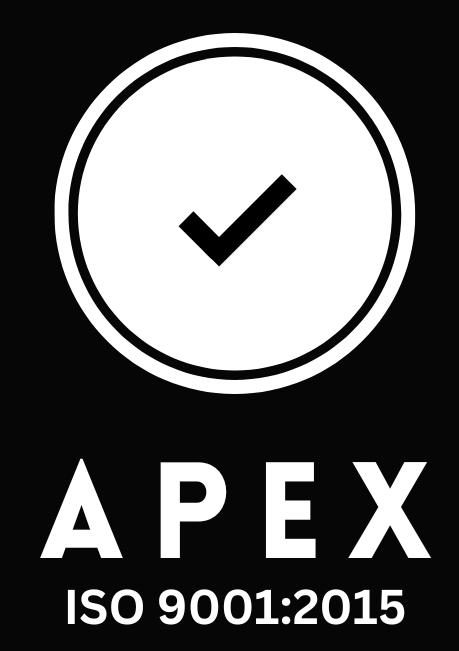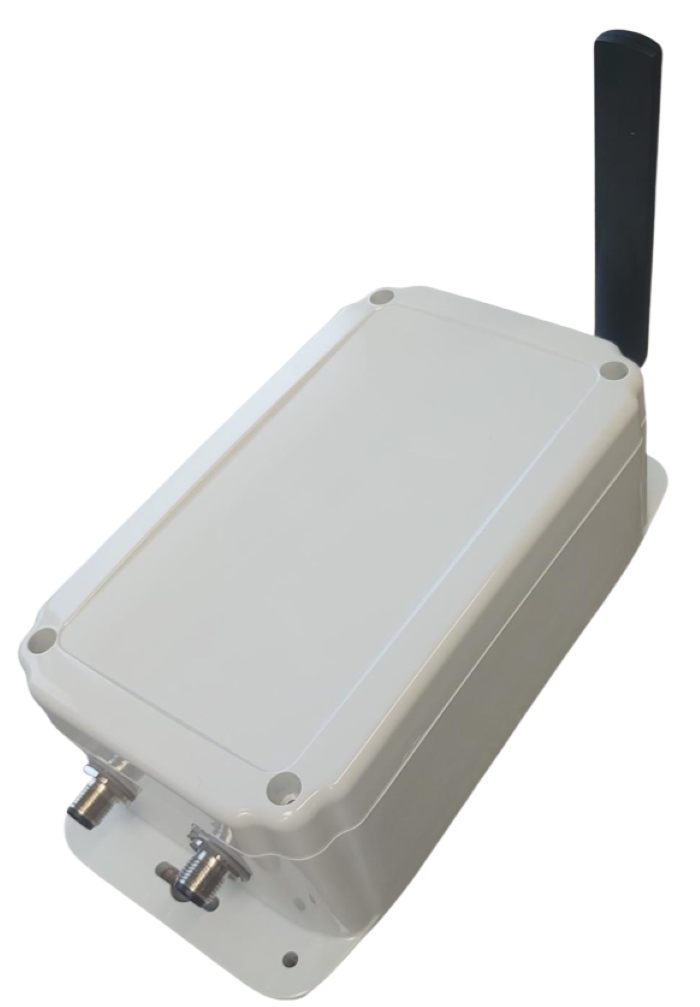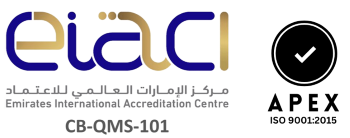remote valve control and Water Meter Monitoring
Implementing LoRaWAN for Remote Valve Monitoring in various applications like district cooling, irrigation, and water pipe distribution offers several benefits. LoRaWAN (Long Range Wide Area Network) technology provides long-range communication with low power consumption, making it suitable for monitoring remote assets such as valves in infrastructure systems.
Implementing
Remote Monitoring for
Bulk Water Meters and
Pressure Sensors using a battery-operated NB-IoT (Narrowband Internet of Things) gateway offers a reliable and cost-effective solution for monitoring water infrastructure. Here's how it can be done:.
Water Pipe
- Monitoring valves in water pipe distribution networks is essential for ensuring the efficient and reliable supply of water to consumers.
- LoRaWAN-enabled valve sensors can provide utilities with real-time data on valve status, pressure levels, and flow rates, allowing them to optimize water distribution, detect and respond to leaks or bursts quickly, and prioritize maintenance activities based on system health.
District Cooling
- Monitoring valves in district cooling systems is crucial for efficient operation and maintenance. LoRaWAN-enabled valve sensors can provide real-time data on valve status, allowing operators to remotely monitor and control the flow of coolant through the system.
- By integrating LoRaWAN sensors with a central management system, operators can receive alerts for valve malfunctions or leaks, enabling proactive maintenance to minimize downtime and reduce energy consumption.
Irrigation
- LoRaWAN technology can be employed to monitor valves in irrigation systems, providing farmers and agricultural workers with valuable insights into water usage and distribution.
- By deploying LoRaWAN-enabled valve sensors throughout the irrigation network, farmers can remotely control the flow of water to different zones, adjust watering schedules based on weather conditions, and detect leaks or blockages in the system promptly.
parking guidence key sensor key featuers
Easy installation and dismantling
The system's design prioritizes simplicity, facilitating easy installation without the need for extensive infrastructure modifications or specialized expertise.
Supports NB-IoT or LoRaWAN
The system's compatibility with both NB-IoT and LoRaWAN technologies provides flexibility and interoperability, enabling seamless integration with existing infrastructure and future scalability.
long life time
The use of battery-operated NB-IoT gateways and low-power wireless sensors contributes to an extended system lifetime, minimizing the need for frequent battery replacements or system upgrades.
Multi Protocol
Compatibility with M-Bus for water meters and Modbus for pressure sensors enables seamless integration with a wide range of devices commonly used in water infrastructure applications.
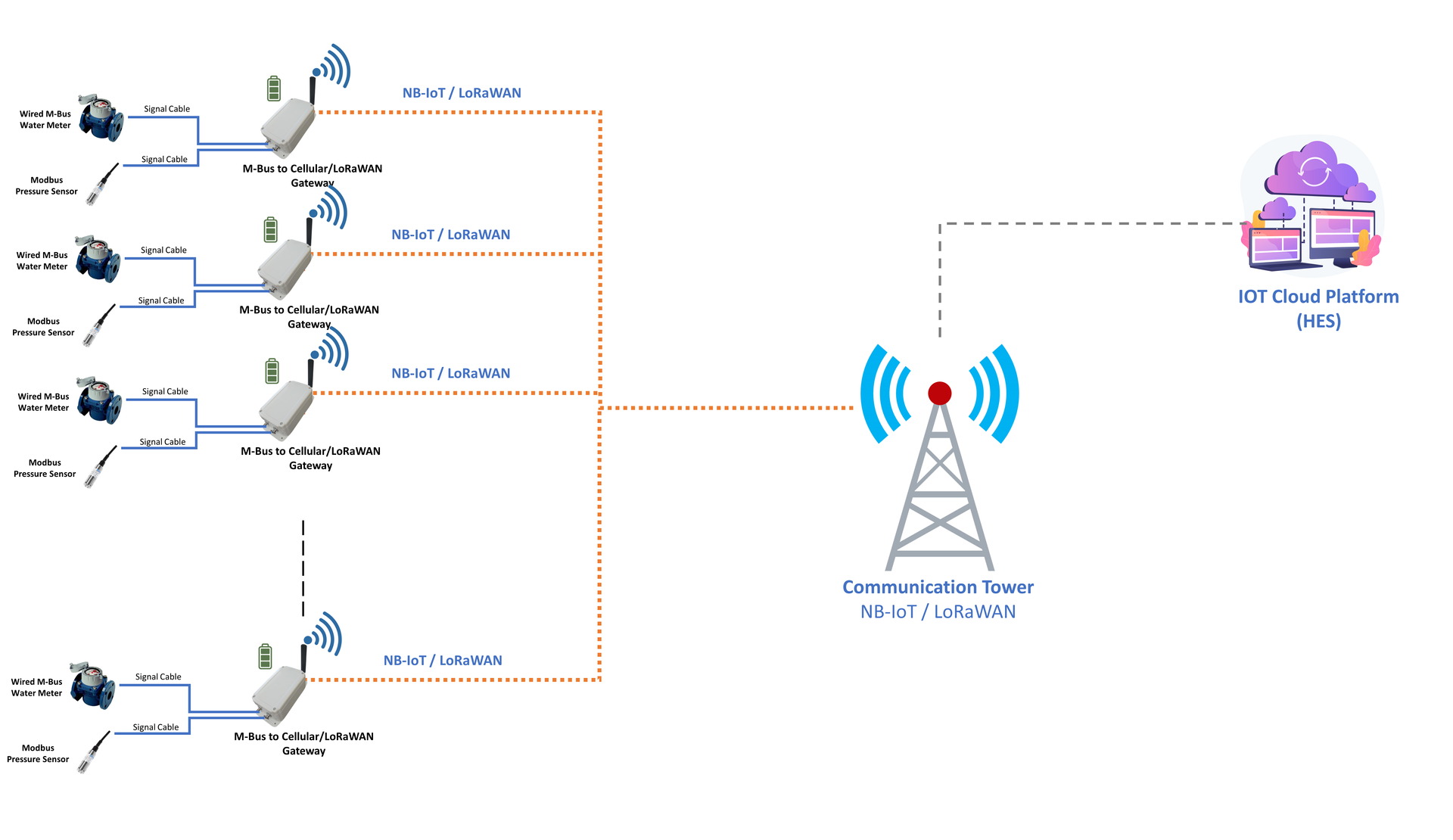

Improved Efficiency
Remote monitoring systems provide real-time data on water usage, flow rates, pressure levels, and system performance, enabling utilities to optimize operations, detect leaks or faults promptly, and minimize water losses. This leads to more efficient use of resources and reduced operational costs.
Enhanced Reliability
By continuously monitoring critical parameters such as pressure, flow, and valve status, utilities can proactively identify and address issues before they escalate into larger problems. This helps improve the reliability and resilience of water distribution systems, ensuring uninterrupted service for consumers.
Cost Savings
Remote monitoring systems enable utilities to detect leaks, bursts, or inefficiencies early, reducing the amount of water lost and the associated costs. Additionally, by optimizing maintenance schedules based on real-time data and predictive analytics, utilities can minimize downtime and extend the lifespan of infrastructure assets, resulting in significant cost savings over time.
Data-Driven Decision Making
The wealth of real-time data provided by remote monitoring systems enables utilities to make informed decisions regarding infrastructure investments, maintenance priorities, and resource allocation. This data-driven approach enhances operational efficiency, reduces risks, and supports long-term planning for sustainable water management.
Scalability and Flexibility
Remote monitoring systems can be easily scaled to accommodate changes in infrastructure size or configuration. They also offer flexibility in terms of deployment options, communication protocols, and integration with existing systems, allowing utilities to tailor solutions to their specific needs and requirements.
Regulatory Compliance
Accurate and timely monitoring of water infrastructure parameters helps utilities comply with regulatory requirements related to water quality, leakage rates, and reporting. By maintaining comprehensive records and demonstrating proactive management practices, utilities can mitigate compliance risks and maintain public trust.


